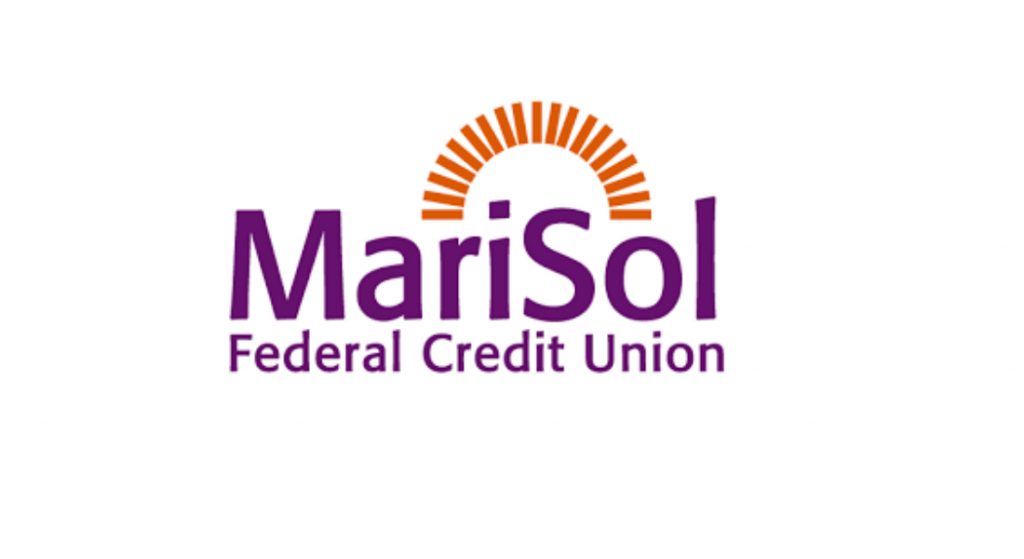
About 15 years ago, when internet banking first hit the industry, the market rendered solutions of all kinds. This was at a time when few organizations had even embraced email and few were connected to the web. A central matter of debate was whether or not “Internet” should be spelled with a capital “I”. Everyone knew they needed to offer online banking, and that there were implied security risks, but few credit unions could effectively sift through the market rhetoric to base their purchasing decisions on what mattered most. Many entered into expensive long-term contracts to access the internet through expensive, purportedly secure 56k frame-relay networks, when what really mattered most to them was to offer affordable online account access to their members. Credit unions like these got the answers they were looking for, but few emerged with solutions at a value toward what mattered most.
Today mobility is all the rage. Mobile banking platforms are now billed as the new member service platform, and rightly so. Most credit unions recognize this but in their zeal to achieve mobility, they often fail to stop and consider exactly what that means. Concerned over budget, smaller credit unions often jump onto the first cheap solution that promises mobility, only to discover that they’ve purchased a mobile website that merely wraps around their existing online banking or a solution that links weakly to their data through indirect means. Larger credit unions, anxious to put iPads in the hands of their member services and lending personnel, are quick to align themselves with third-party developers of front-end solutions – entirely ignoring the impact of limitations that such solutions might impose.
Is your central question whether mobility should be spelled with a capital “M”? Or, are you really considering the impact of these decisions? What matters most in a member service platform is efficiency – efficient access to all services — not just a subset that might allow you to step away from the teller counter for a few moments. What the member wants on their mobile device is efficient self-service access to their entire relationship with the credit union. In providing that, the underlying architecture is a crucial consideration.
you may also like
7 Reasons Personal Finance Management (PFM) Sucks
7 Reasons Personal Finance Management (PFM) Sucks PFM (Personal Financial Management) refers to financial technology that helps…
Mobi¢int Welcomes Members Credit Union
Sandy, UT (August 2017) — The Cos Cob, Connecticut-based credit union chose to implement mobi¢int for their…










